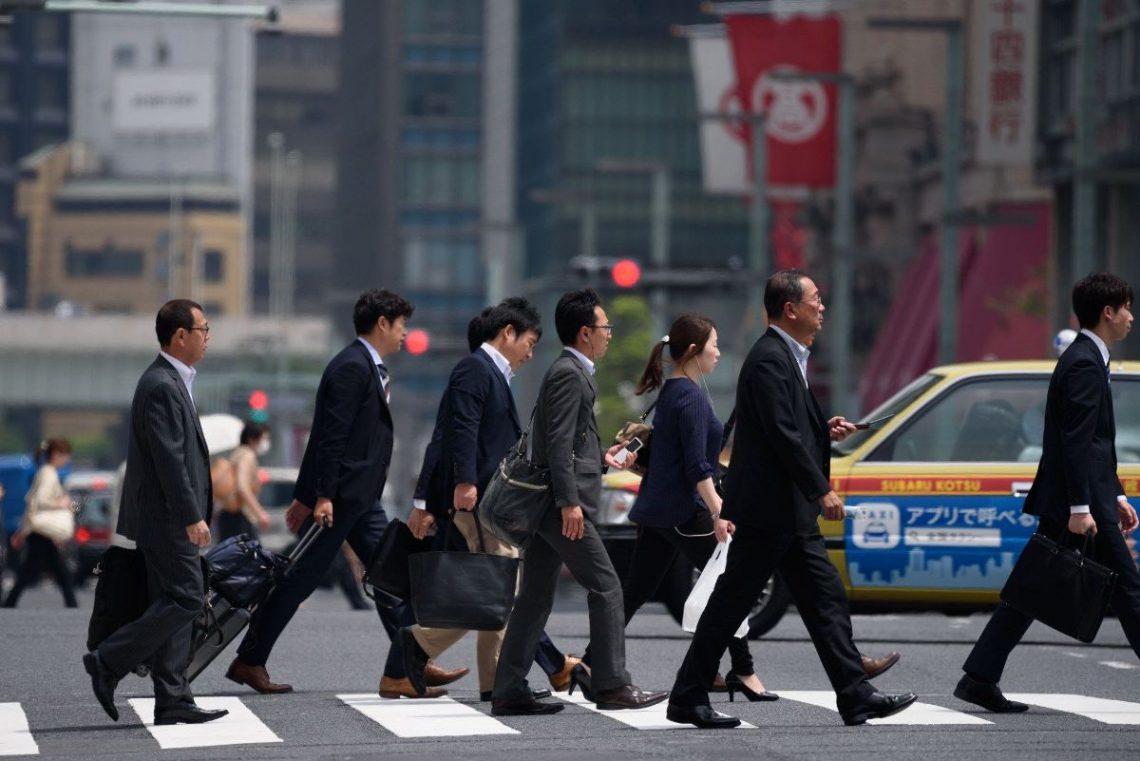Employment of women as a tangible contribution to the national economy
Like a number of developed countries, Japan is experiencing a demographic crisis related to an ageing nation. However, this is not reflected in the number of human resources, which increased by 1.7% last year. Older women and men are contributing to the country’s economy by actively employing and acquiring new occupations.
In 2010, Japan’s population was 128 million, which was the highest number. The number of inhabitants has now decreased by 1.3 million. People over 65 years of age make up 28% of the total population, while in the USA they make up 15% and in the UK 18%.
Despite the problem of an ageing nation, Japan has managed to increase the number of working citizens. The Government’s main focus is on women’s professional employment. As far back as 2002, Japan’s female labour force participation rate was 10% lower than that of the US. According to this year’s information, the Celestial Empire has outperformed the United States by this indicator.

Japan has undertaken various activities to encourage women to work. One of them is to increase the number of kindergartens and free visits for children aged 3-5. This initiative is to be introduced in all institutions by 2021. It is expected that comfortable conditions will enable women to take their children to kindergarten and go to work earlier.
In 2015, a law came into force which obliges large companies to hire fair sex. In addition, there should be no restrictions on women in management positions.
There is a limit on the number of overtime work – no more than 100 hours per month. This rule reduces the burden on human health and, if necessary, introduces new positions to ease the duties of employees.
The Government plans to revise the retirement age for government employees. Now it is 60 years old, and in the future it will increase to 65 years old. For those who want to delay the retirement time, its size will increase.
Japan ranks first in the world by the number of elderly workers – 25%. In the United States 18% of the total, and in the UK 10%.
Increasing the workforce makes a big contribution to the economy. It also improves the level of comfort for the population, allows society to be more flexible and reduces gender differences and cultural differences such as recycling. Whereas in the past Japanese women were not allowed to work, now the conditions are being created for them to receive education, to become professionals and to achieve career heights on an equal footing with men.










